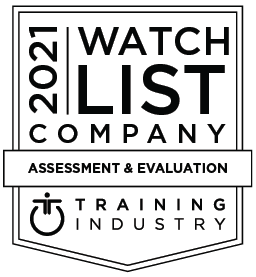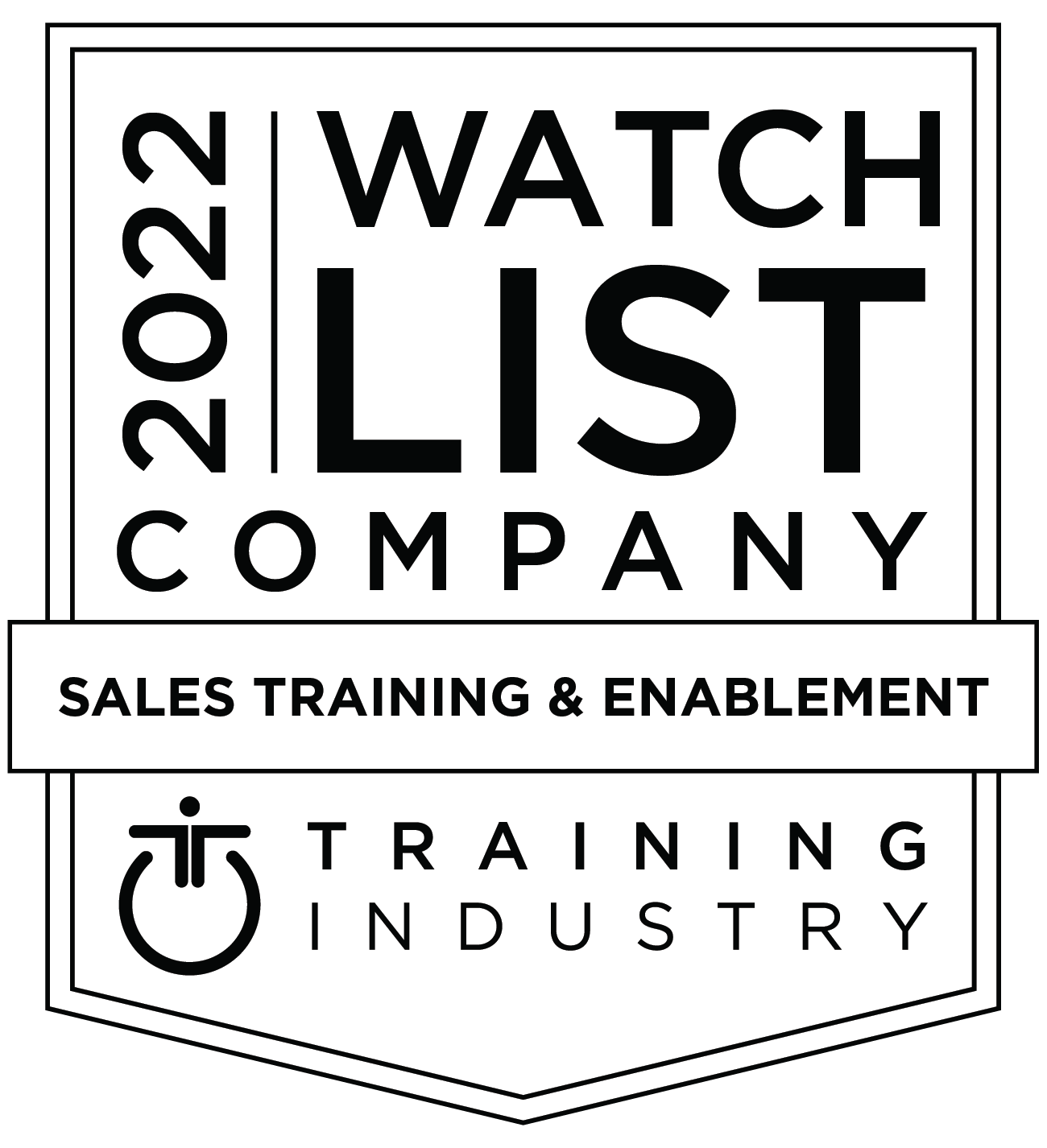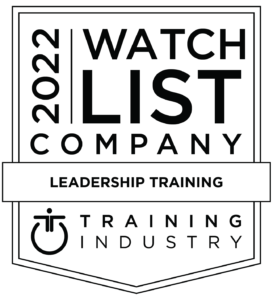In last week’s blog, I shared three tips for creating engaging video content that I found to be very effective when preparing for my own experience recording videos for Harvard Business Publishing.
Having my content nailed down went a long way to ease my anxiety. But, now I had to prepare to deliver that content in one of the most unnatural communication environments that most of us will ever encounter — in front of a video camera.
I had seen too many people, whom I knew to be engaging communicators and experts in their field, come across as stiff and unnatural on video, ultimately damaging their credibility. I did not want that to happen to me.
My goal was to connect with the viewing audience in as an engaging and authentically credible way as I was capable of doing. While it is possible to fill an entire book with tips for presenting to a video camera, here are three core video delivery principles that, based on my experience, will help ensure your success.
Intimately know your content.
First of all, this does not mean memorization. That approach can make you appear to be stiffly reading your content and can cause you to freeze if you forget a single word. Don’t worry if your exact use of words might change a bit with each delivery. Just know that the ease, flow, and efficiency with which you deliver your message will quickly improve.
Having the luxury of a teleprompter when you record your video does not eliminate this need. Teleprompters should be used a guide, not a crutch, or you will again be at risk of sounding like you are reading to your video audience.
The solution: Practice…lots of practice. Practice in front of your webcam or smart device, in your car, at your desk, at home, or even while taking a walk or run.
Eliminate “Ums” and “Ahs”.
A listener might filter out the occasional “ums” and “ahs” that you use when presenting to them face to face, but they stick out like the proverbial sore thumb when used in a video. They can make the video hard to watch and can damage your credibility.
The same goes for habitually overused clutter phrases, for example: “like…” and “you know?” and “okay?” They are equally distracting to your audience and just as damaging to your credibility.
The solution: Practice…Ideally, practice while recording yourself using your smart device or webcam. That way, you can review later in order to identify any use of these credibility killers and eliminate them.
Amplify your conversational energy.
On one of the first Harvard ManageMentor® videos I recorded, I was quite happy with what felt to me like a very good first take — but, the director wanted me to do it again. When I watched the playback, I was stunned. When I viewed myself on screen, my performance came across as flat, dull, and lacking conviction. I quickly learned that I needed to boost and then sustain my energy to what felt like an unnaturally high level in order come across to the viewer with credible, natural conviction.
The solution: At the risk of sounding like a repetitive parrot…Practice. Practice the delivery of your content with amplified energy. As any successful athlete will tell you, ”Practice like you want to play, because you will play like you practiced.”
So, ultimately, the secret to effectively presenting to a video camera lies in practicing.
But you have to practice right. Apply these three principles and your odds of credibly connecting with your viewing audience will dramatically improve.
If you’d like to see how these principles helped me, please check out my Harvard ManageMentor® video: How to React Non-Defensively.










